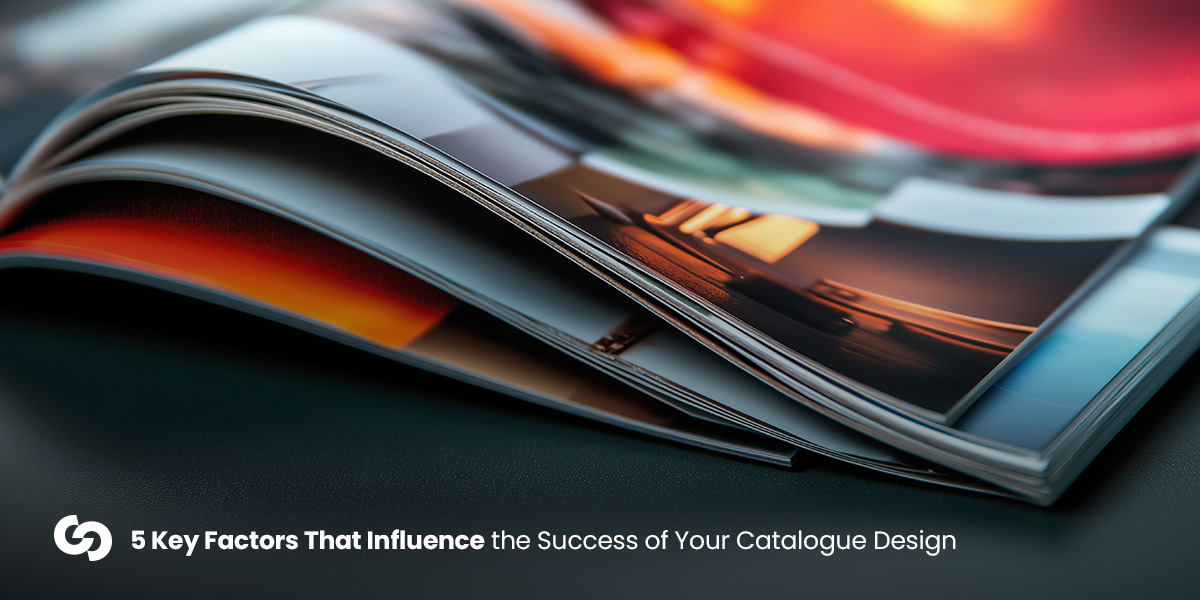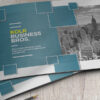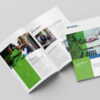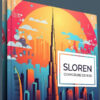
5 Key Elements That Drive the Success of Your Product Catalogue Design
In today’s highly visual and competitive market, a product catalogue is more than just a printed or digital list of offerings; it’s a dynamic marketing tool that represents your brand’s identity, quality, and value proposition. Whether you’re a new startup or a well-established brand, the way you design your catalogue can influence how your products are perceived and, ultimately, how well they sell.
As a leading catalog design company, BrochureDesign.ae has helped countless businesses in Dubai and across the UAE create catalogues that not only look stunning but also generate results. In this article, we’ll explore five key elements that contribute to the success of a product catalogue and why paying attention to these factors is essential for building customer trust and driving conversions.
1. Clarity and Simplicity in Layout
One of the most important foundations of an effective catalogue is clarity. A cluttered catalogue can quickly overwhelm a reader, while a clean, well-organized layout allows potential buyers to focus on what matters, your products.
Every product featured should be paired with a brief, informative description that highlights its key features and benefits. Avoid the temptation to overload pages with text or graphics. Use white space effectively, organize content logically, and keep descriptions concise and clear. This ensures that your catalogue feels approachable and easy to digest for a wide range of customers.
For small businesses or startups looking for budget-friendly solutions, simplicity doesn’t mean compromise. A reputable catalog design company can help you craft a minimalistic yet impactful catalogue that resonates with your audience and aligns with your brand tone.
A simple layout also improves customer retention. Studies show that users are more likely to stay engaged with content that is easy to follow and understand. A well-structured layout enhances readability, reduces bounce rates for digital catalogues, and encourages potential buyers to explore more pages.
2. Consistent Visual Branding
Your catalogue is an extension of your brand, so visual consistency is crucial. Everything from your font choices and color schemes to image styles and layout format should reflect your brand identity. This ensures that your catalogue feels familiar to your audience and reinforces brand recognition.
A consistent visual identity builds trust with your customers. When your catalogue reflects the same branding elements as your website, packaging, and other marketing materials, it tells your audience that your company is professional, organized, and credible. Consistency also helps create a seamless customer journey across all platforms.
For high-end or luxury brands, this consistency becomes even more critical. A luxury brand targeting an upscale market must communicate sophistication through sleek design, premium materials, and a polished visual experience. Whether you’re in fashion, real estate, or retail, ensuring your brand’s tone and aesthetic is clearly reflected in your catalogue is non-negotiable.
Partnering with a catalog design company that understands brand alignment ensures that your catalogue will look cohesive not only with your marketing materials but across all customer touchpoints.
3. High-Quality Product Presentation
Product presentation is the heart of any catalogue. To convert browsers into buyers, you need to showcase your products in the best light, literally and figuratively. This means using professional, high-resolution images that are well-lit, color-corrected, and consistent throughout the catalogue.
Descriptions should be informative and benefits-oriented, giving the customer everything they need to know to make a decision. Pricing, specifications, and product variations (such as size or color) should be clearly outlined. An effective catalogue doesn’t just tell the customer what the product is; it shows them why they need it.
For industries such as fashion, home decor, or electronics, catalogs are often visual shopping experiences. A creative approach to layout, combined with compelling photography and strong copywriting, can elevate a simple listing into a story that engages and sells.
Additionally, consider incorporating storytelling into your product presentation. For example, grouping related products together with a brief paragraph that describes how they complement each other can create a narrative that enhances user engagement. You can also use customer testimonials or brief case studies to show the real-world value of your products.
4. Audience-Centered Design
The most effective catalogues are designed with a deep understanding of the target audience. Everything from tone of voice to visual styling should be tailored to appeal to the demographics you’re trying to reach.
Are you targeting tech-savvy millennials, budget-conscious parents, or high-end corporate buyers? Each of these audiences expects a different design experience. A younger demographic might respond to bold graphics and interactive digital catalogues, while business executives may prefer a clean, professional aesthetic with well-structured content.
Knowing your audience also means understanding their buying behavior. For example, B2B buyers often want detailed specifications, pricing, and logistical information, while B2C buyers might prefer emotional triggers, lifestyle images, and aspirational messaging.
An experienced catalogue designer will take time to research your audience and craft a product catalogue that speaks directly to their needs and preferences. This personalization can significantly enhance engagement rates, drive sales, and foster customer loyalty.
5. User Experience and Navigation
Last but not least, a successful product catalogue must be easy to navigate. Whether it’s a printed piece or an interactive PDF, users should be able to find what they’re looking for quickly and effortlessly.
Key navigation elements include:
- A clear table of contents
- Logical product categorization
- Page numbers and product codes
- Consistent section headings
- Clickable links for digital catalogues
For digital formats, optimizing for devices (mobile, tablet, desktop) ensures a seamless user experience no matter where or how your audience views the content. A well-thought-out user experience increases the likelihood that a reader will browse the entire catalogue and take action, whether that’s making a purchase, submitting an inquiry, or visiting your website.
Additionally, using visual cues such as arrows, icons, and color-coded tabs can help guide the reader’s eyes and enhance overall usability. Including search functionality and filters in digital catalogues makes it even easier for customers to find exactly what they need, enhancing satisfaction and conversion rates.
Bonus Tip: Optimize for Print and Digital Formats
Many businesses overlook the importance of formatting catalogues correctly for both print and digital use. A design that looks great on paper may not translate well to a screen, and vice versa. Ensure that your design files are high resolution and optimized for all formats: PDFs for download, web-friendly versions for browsing, and print-ready files for physical distribution.
BrochureDesign.ae, a trusted name in Dubai’s design industry, offers solutions tailored to both print and digital mediums. From choosing the right paper quality and binding for print to creating responsive layouts for mobile devices, they ensure your catalogue looks flawless across every platform.
Conclusion
A product catalogue is one of the most powerful sales tools a business can have when designed correctly. From clean layouts and brand consistency to user-focused content and navigation, each design decision plays a crucial role in the success of your catalogue.
At BrochureDesign.ae, we specialize in helping businesses craft exceptional catalogues that elevate brand perception and drive customer engagement. As a trusted catalog design company in Dubai, we combine visual creativity with strategic thinking to ensure your catalogue becomes more than just a product list; it becomes a valuable asset in your marketing toolkit.
Let your products shine and your brand speak—because a well-designed catalogue can do both.




